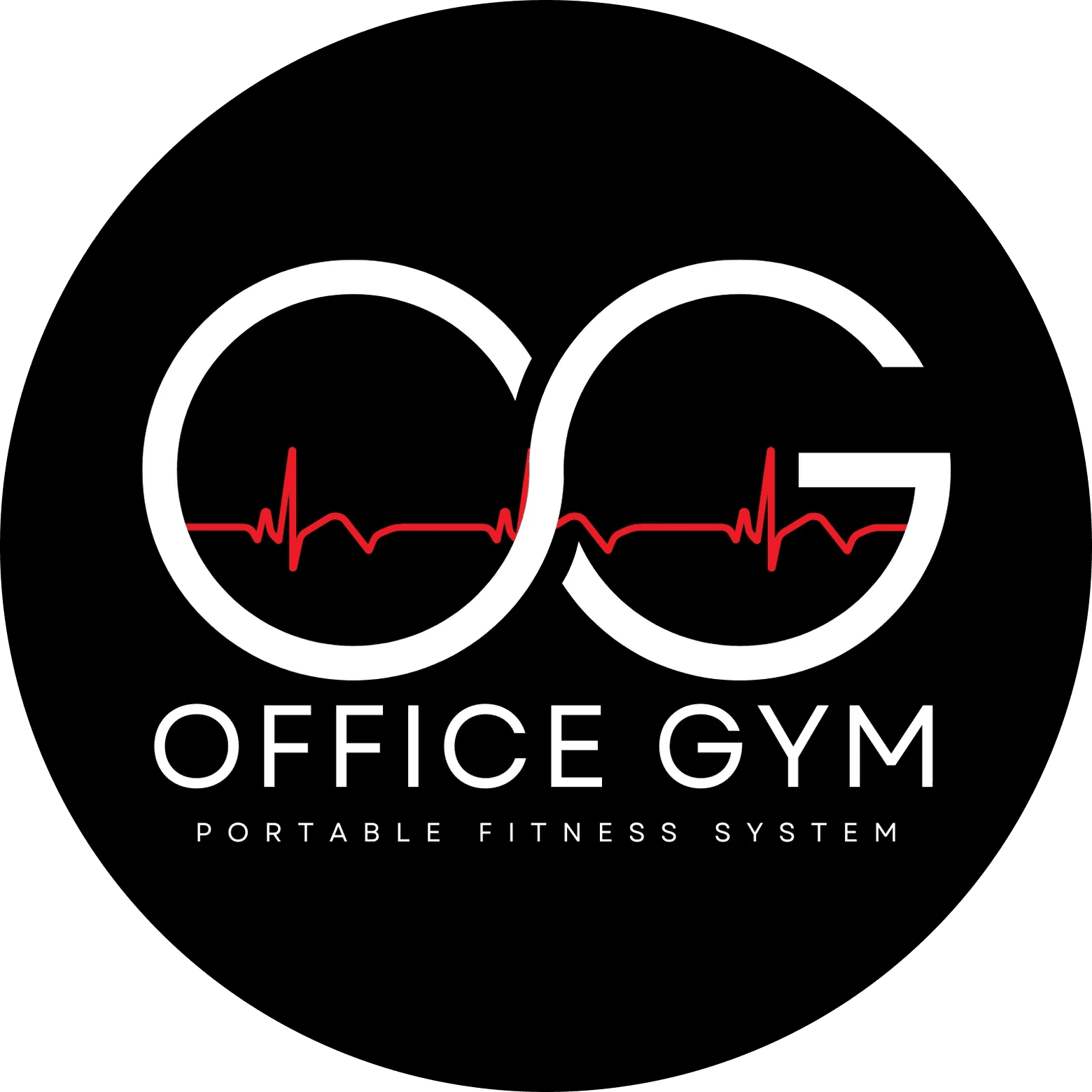Break the Sit: The 2:30 Microbreak Protocol for a Healthier Workday

TL;DR: Sitting all day is a metabolic problem, not just a posture problem. The fix isn’t a heroic workout—it’s tiny, frequent “movement snacks.” This week, we’re rolling out TOG’s 2:30 Rule: move for 2–3 minutes every 30 minutes you’re at your desk. It’s the simplest way to lower post-meal glucose spikes, help blood pressure, boost mood and energy, and keep you productive.
Why microbreaks beat marathon workouts (for desk days)
Long, uninterrupted sitting pushes blood sugar and blood pressure in the wrong direction—even if you exercise before or after work. Lab and crossover trials show that brief walking breaks deliver outsized benefits: five minutes of easy walking every 30 minutes significantly lowered post-meal glucose spikes and improved blood pressure during an 8-hour workday. cuimc.columbia.eduPubMed
Not every “less-sitting” strategy works. Reviews and trials indicate short activity breaks (walking, repeated chair stands, light resistance) improve post-meal glycemia, while simply standing more can be inconsistent for blood pressure. Aim for movement, not just posture change. PMCAHA Journals
The 2:30 Rule (how to do it in real offices)
Every 30 minutes, move for 2–3 minutes. That’s it. If you can spare five minutes, great—evidence suggests it’s even better for glycemic control—but 2–3 minutes still helps and is realistic in a meeting-filled day. PMCPubMed
What counts as a microbreak?
- Walk a loop to the printer, stairs, or down the hall
- Chair stands: sit → stand → sit, repeat at a steady pace
- Calf pumps / heel raises at your desk
- Light resistance with The Office Gym (see the 3-move burst below)
Pro tip: Set a repeating timer for :00 and :30 on your calendar or watch, or use a countdown timer that resets automatically.
The TOG 3-Move Burst (2–3 minutes)
Use your Office Gym setup for one quick circuit—light tension, smooth pace, no strain. Start with the lowest resistance tube, the yellow, 5lb tube.
- Seated Calf Extensions (30–45 seconds per leg)
Feet flat, place foot through the Office Gym's padded ankle strap, extend that leg, then extend the ankly by pushing the toes forward. Great for lower-leg blood flow. - Standing Kickbacks (20 - 30 seconds per leg)
Attach padded ankle strap to one ankle, stand close behind your chair, place hands on back of chair for support, move ankle with strap attached straight back in a short movement (8 to 12 inches). - Triceps Extensions (20 to 30 seconds per arm)
Hold the padded handle in one hand, extend elbow upwards above shoulder, press hand up to extend arm fully.
Optional finisher: Boxer steps or marching in place (30 sec).
Post-meal add-on: the 10-minute digest walk
When you can, start an easy walk 10–15 minutes after eating. This timing helps blunt the post-meal glucose peak more than waiting until later—and it stacks perfectly with your microbreak habit. Try a “lunch-n-loop” around the building or walk a 1:1 meeting. PMC
A sample “movement-friendly” day
- 9:00–12:00: Microbreaks on the half-hour (2–3 minutes each)
- 12:15: 10-minute digest walk after lunch
- 1:00–4:30: Microbreaks on the half-hour + 1 longer 5-minute loop at 2:30
- Any long meeting (>45 min): add a 90-second stand-up stretch + calf pumps at halftime
For leaders: make it social (and normal)
- Adopt the norm: Start meetings by saying, “We’ll take a 2-minute move break at :30.”
- Create friendly accountability: a shared tracker where teams log microbreak streaks.
- Bundle with ergonomics: Sit-stand desks are great tools, but pair them with movement coaching. Employees need prompts and options—not just furniture. PMC
How this helps (the science in plain English)
- Glucose control: Frequent light walking interrupts the “glucose rise” that follows meals; five minutes every 30 minutes was most effective in lab settings, while even 2-minute breaks every 20–30 minutes improved post-meal sugar. PubMedPMC
- Blood pressure: Short walking snacks reduced blood pressure during the workday; simply standing more hasn’t consistently moved the needle in trials. Move > stand. cuimc.columbia.eduAHA Journals
- Mood & fatigue: Participants reported better energy and less fatigue on walking-break days—priceless for afternoon productivity. cuimc.columbia.edu
Safety & setup
- Start easy. If you have medical conditions, check with your clinician.
- Keep resistance light-to-moderate; the goal is circulation and gentle activation, not max effort.
- Choose shoes you can walk in; keep water nearby.
- If you’re on camera, turn video off for 120 seconds—normalize quick movement breaks.
Join the TOG “2:30 Challenge” this week
- Goal: 10 microbreaks per workday (≈25–30 minutes of extra light activity, invisibly woven into your schedule).
- Track it: Tally marks on a sticky note, smartwatch reminders, or a shared team board.
- Bonus: Add the 10-minute digest walk after lunch 3× this week.
Small, frequent movement beats big intentions you never start. Set the timer, stand up, and take your 2:30.
Reach Out
Get in Touch – Let’s Transform Your Workday!
Have questions or ready to upgrade your office fitness? Fill out the form below, and we’ll help you take the first step toward a healthier, more productive you!
